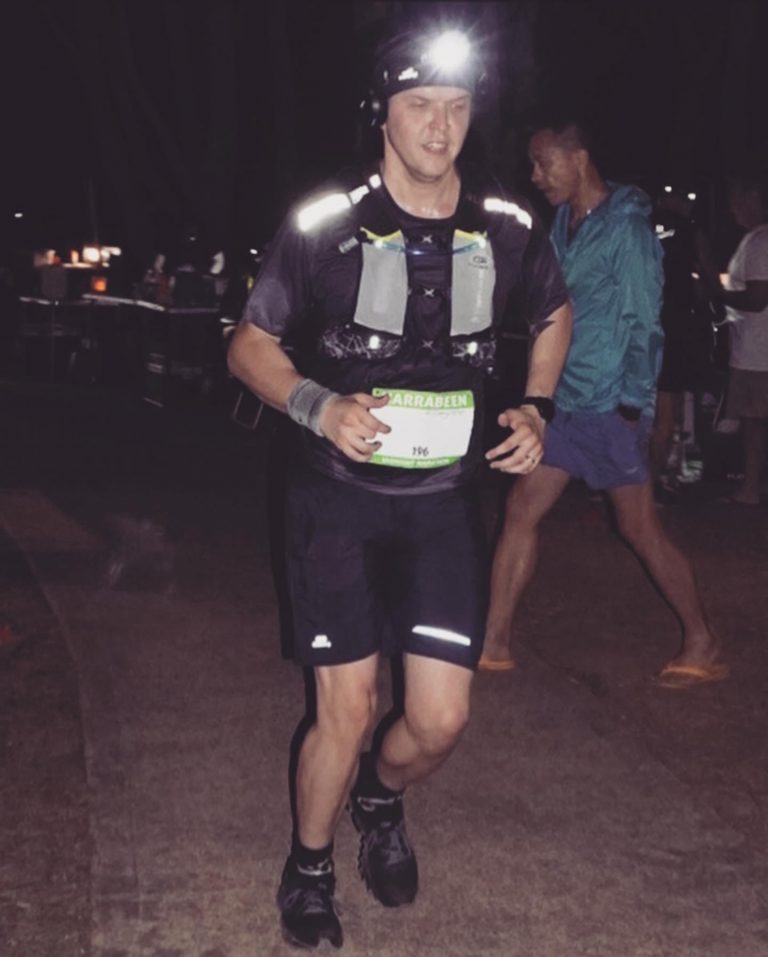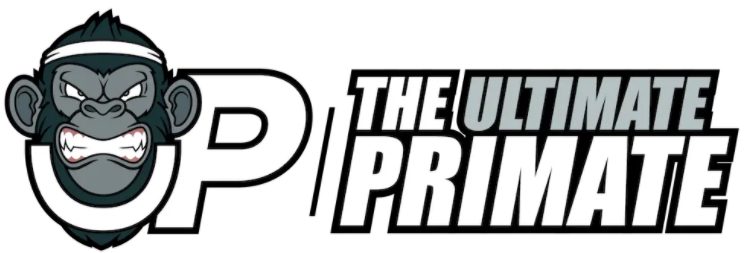Running shoes come in a wide variety of styles and models. It is vital to choose a running shoe that supports your foot and running style, among other needs. Doing so ensures that you get a comfortable pair, and it also compliments your running, thus reducing the risk of injuries.
If you are keen on running or looking for the best running shoes, you have come across various terms. Some of these terms include underpronation and overpronation. Knowing the difference between the two will help you understand how a difference in stride affects your choice of running shoes.
This article will cover what overpronation or underpronation means, the differences in terms, causes, effects and what to look for in a shoe that combats either of the two.
What Is Pronation?
There are rare occasions where a person’s feet, weight and stride are in perfect balance. Most people will either have feet that slightly turn outward or inward, and others will have a difference in the outer or inner weight distribution.
Pronation occurs when the weight leans more towards the foot’s inner side. It is pretty common and natural because the feet tend to roll inward when you are walking naturally. The inward rolling helps the leg’s lower part effectively distribute shock with each step while supporting the entire body weight.
Now that we know what pronation refers to, then what do the terms overpronation and underpronation mean?
What Is Overpronation?
Overpronation means that the ankle rolls more towards the inside than is normal whenever you make a stride. As such, the big and second toes are more stressed, which makes the foot roll inward even more. This results in the foot, knee and shin twisting and might also cause pain on other parts.
Some people refer to this condition as flat feet. However, not everyone with flat feet overpronates. Overpronation can cause instability in the feet, leading to more cases of knee pain and shin splints.
What Is Underpronation?
It is also known as supination. Naturally, the foot rolls to the outside edge at the toe-off stage of making a stride as the heel get off the ground first, thus helping the foot roll of the toes. This is different from underpronation.
With this condition, the foot does not supinate enough in the toe-take off stage. The effect of this is that the foot’s smaller toes and outer edges are left to provide all the leverage to help the toes roll, which places extra pressure on the foot.
In this case, it is the small toes and the outer part of the foot that are more stressed. This is a key difference between underpronation and overpronation.
Yet another difference, underpronation or supination, is more common among people with rigid or high arches that do not flatten enough when taking a stride. On the other hand, overpronation is more common among those with dropped arches or those whose feet fully flatten out.
Causes: Overpronation vs Underpronation
- Overpronation
While there are people born with it, others develop it later in life. Certain situations and conditions can make you more vulnerable to developing weaker arches or flat feet, which puts you at risk of overpronation. They make the foot extremely flexible when the foot joints are very loose or highly relaxed.
These circumstances and conditions that cause overpronation include being obese or overweight, when pregnant, foot injuries that damage the joints and bones, being involved in activities that require the foot to repeatedly make an impact with a rough surface for a prolonged period, e.g. running, and congenital foot deformities.
- Underpronation
In some cases, underpronation results from genetics by one inheriting foot and limbs mechanics that contribute to overpronation. They include differences in the length of both legs, ankle stability, foot width, and high arches. These factors put you at a higher risk of under pronation.
Other causes of underpronation include external factors such as the wrong choice of footwear, body misalignment, standing for too long, past injuries such as Achilles tendonitis, excessive exercise, and repeated impact with firm, hard surfaces such as when running.
Effects: Overpronation vs Underpronation
- Overpronation
Sometimes, overpronation has no effects at all. Most people with flat feet or who overpronate are not even aware of it, and they may never experience any overpronation-related injuries or symptoms.
On the other hand, others suffer damage as a result of the condition. The most common injuries experienced due to overpronation include fatigue, Achilles tendonitis, Joint or heel pain, plantar fasciitis, shin splints, nerve injuries, inflammation-related pain, spraining the ankle, hammertoes, bunions, and chronic lower back pain.
- Underpronation
When the foot underpronates, it does not make an impact with a surface as it should with neutral pronation. As such, it puts you at a higher risk of ankle pains and injuries.
A 2018 study linked supination to some running injuries. These injuries are some of the effects of supination, and they include plantar fasciitis, ankle injuries, Achilles tendonitis and IT (Iliotibial) band syndrome.
Further, underpronation is likely to lead to certain symptoms and conditions, including hammertoes, bunions on the foot’s outer edge, shin splints, ankle pain, sprains and swelling, general foot and ankle weakness that worsens then standing for long, walking, or running.
One could experience one or multiple of these injuries.
Diagnosis: Overpronation vs Underpronation
Overpronation
Most people who overpronate, especially those who experience related injuries, already know that they have flat feet even before seeing a specialist. If you suspect that you do overpronate, you can do a self-assessment.
Here are the overpronation self-assessment test methods you can use.
- If you run, then have a good look at your running shoes. If they are more worn out on the inner part, there is a big chance that you overpronate.
- Another method is looking at your feet in a standing position. Is there clear space between the floor and your foot, ideally where your arch should be? If there is no clear space, then there’s a big chance that you overpronate. The lack of space could mean that your arches have dropped, which also causes overpronation.
- A third method involves stepping with bare feet. Take several steps with wet bare feet. Look at the footprints, and if your heel area is connected with the rest of the foot, you most likely do overpronate.
Underpronation
As with underpronation, you can perform a self-test to determine whether you do underpronate.
- The first is the bare feet method, also used to assess overpronation. Wet your feet and shake them a little, then make a few steps on a dry surface where you can see your footprint. It is best to take a photo before the prints dry up. If the print has a clearly visible narrow connection between the foot’s ball and the heel, there is a big chance that you over-pronate. The narrow connection means that you are over-relying on the foot’s outer edge when walking.
- Have a look at your old pair of shoes; does the sole seem to be wearing out on the outside only? If yes, it is most likely a sign of underpronation. Shoes of people with a neutral gait or pronation wear out from the sole’s outer edge towards the centre.
If, after testing with the above methods, you still can’t establish whether you overpronate, underpronate, or you are a neutral pronator, you might need to see a specialist. Specialists such as physical therapists, podiatrists and orthopaedic surgeons are trained to check if you overpronate, underpronate, or are a neutral pronator.
Running shoes’ stores salespeople are also trained to observe your walking or running style and tell whether you overpronate or supinate.
Choosing The Best Running Shoes
- Overpronation
Those who overpronate are highly likely to benefit from motion control shoes. Such shoes will assist correct the gait because they have a sturdier construction and enhanced medial post. These feature will guide the foot into a neutral pronation design. On the downside, motion control shoes are heavy and stiff compared to neutral running shoes.
Even though the science behind motion control shoes helps combat overpronation, there are conflicting results on research done to establish their effectiveness in preventing injuries.
Customized orthotic inserts are ideal for cases of severe overpronation. You would need to visit a podiatrist who would recommend orthotics and customize them for each foot after going a gait analysis. They are not a cheap option, but they deliver value for money.
Check here to see our list of the best running shoes for overpronation.
- Underpronation
Underpronators should look for shoes with superior cushioning that can effectively absorb shock with each stride. The most suitable shoes for underpronators are neutral shoes. Because they are flexible, they leave more room for movement.
In addition, cushioned insoles are an ideal addition for those with severe cases, and you can visit an orthopaedic or podiatrist for recommendations on the best-cushioned insoles for your needs.
Check here to see our list of the best running shoes for underpronation.
Conclusion
Our feet are a vital body part as they carry us from one point to the other. How they make an impact with the ground could mean that we overpronate, underpronate, or we have neutral pronation.
Knowing the category you belong to will help you make ideal decisions on matters such as the choice of shoes, getting medical help and how to best support the feet to avoid injuries and pain.
If you have wondered what overpronation and underpronation is and how do the two differ, we trust that this article has effectively answered your question.

Marko Rakic is a trail runner and fitness enthusiast from Sydney, Australia. He is the lead writer for The Ultimate Primate and believes the best way to live a happy life is through constantly challenging yourself.
